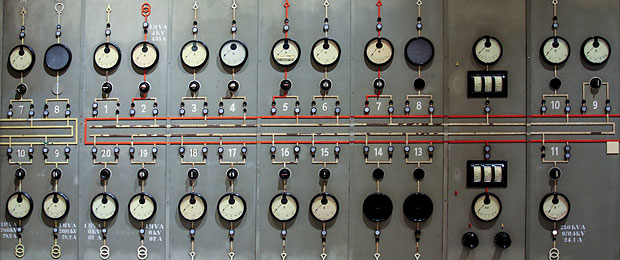Jeff Sussna
Towards continuous design
A deep integration across design, development, and operations is critical to digital business success.

I just finished reading Thomas Wendt’s wonderful book, Design for Dasein. I recommend it to anyone who practices, or just is interested in, experience design. Wendt’s ideas have profound implications for rethinking and improving our approach to designing experiences. They also have profound implications for how we think about DevOps, and its relationship to design, and how that relationship impacts the nature and purpose of digital business.
Design for Dasein introduces what Wendt calls “phenomenological design thinking.” This is a new approach to design that expands the designer’s attention beyond creating things that people use, to encompass thinking about the ways in which things influence, interact with, and are influenced by how people experience the world. Phenomenological design thinking reflects two key insights about the role of designed objects in peoples’ lives. First, designers create possibilities for use rather than rigid solutions. Wendt cites the example of using an empty coke bottle to hold open a door in an old, crooked apartment. By itself, the bottle wasn’t heavy enough to keep the door from swinging shut, so he filled it with pennies. At that point, the bottle suddenly had three overlapping uses: containing and drinking soda, holding opening one’s bedroom door, and storing spare change. Wendt’s point is that the designer does not entirely control the object’s destiny. That destiny is co-created by the designer and the user.
It’s usability all the way down
Designing, building, and operating services from the perspective of customer goals helps improve quality.

We often tend to think about “usability” as applying to a separate layer of digital service from functionality or operability. We treat it as a characteristic of an interface which intermediates between the user and an application’s utility. Operational concerns such as performance, resilience, or security are even further removed. This approach gets reflected in siloed design-development-operations practices. From the perspective of service quality, though, I think it may be more constructive to view usability as a characteristic of service as a whole.
What is service, anyway? In the language of service-dominant logic, it’s something that helps a customer accomplish a job-to-be-done. From that perspective, usability refers to the customer’s ability to ‘use’ the service to accomplish their goals. Everything that contributes to, or compromises, that ability, impacts usability.
 Jeff Sussna is Founder and Principal of Ingineering.IT, a Minneapolis technology consulting firm that helps enterprises and Software-as-a-Service companies adopt 21st-century IT tools and practices. Jeff has nearly 25 years of IT experience. He has led high-performance teams across the Development/QA/Operations spectrum. He has a track record of driving quality improvements through practical innovation. Jeff has done work for a diverse range of companies, including Fortune 500 enterprises, major technology companies, software product and service startups, and media conglomerates.
Jeff combines engineering expertise with the ability to bridge business, creative, and technical perspectives. He uses his insight and experience to help organizations challenge assumptions and discover new solutions. He is a highly sought-after speaker and writer respected for his insights on topics such as Agile, DevOps, Service Design, and cloud computing.
Jeff’s interests focus on the intersection of development, operations, design, and business. He is the author of
Jeff Sussna is Founder and Principal of Ingineering.IT, a Minneapolis technology consulting firm that helps enterprises and Software-as-a-Service companies adopt 21st-century IT tools and practices. Jeff has nearly 25 years of IT experience. He has led high-performance teams across the Development/QA/Operations spectrum. He has a track record of driving quality improvements through practical innovation. Jeff has done work for a diverse range of companies, including Fortune 500 enterprises, major technology companies, software product and service startups, and media conglomerates.
Jeff combines engineering expertise with the ability to bridge business, creative, and technical perspectives. He uses his insight and experience to help organizations challenge assumptions and discover new solutions. He is a highly sought-after speaker and writer respected for his insights on topics such as Agile, DevOps, Service Design, and cloud computing.
Jeff’s interests focus on the intersection of development, operations, design, and business. He is the author of